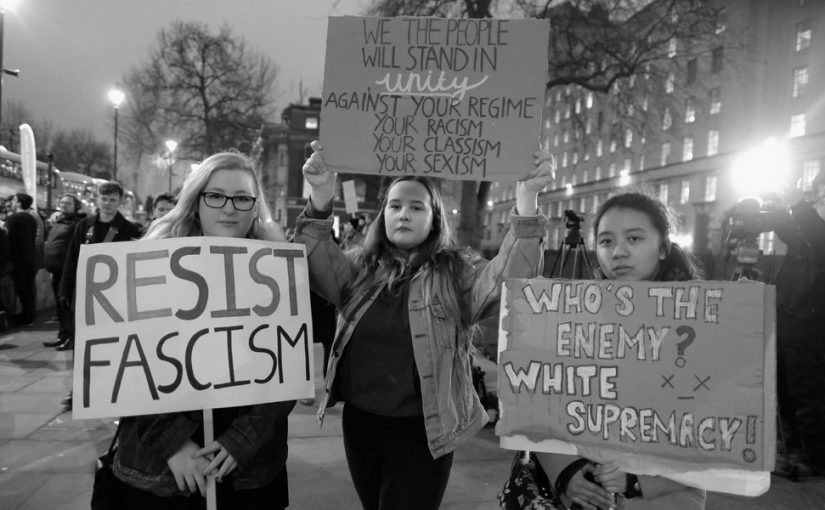This week I have not been able to stop thinking about an article I read called “The Radicalization Puzzle: A Theoretical Synthesis of Empirical Approaches to Homegrown Extremism.” Examining homegrown Islamic terrorism in Europe, the article from Hafez and Mullins synthesises the pieces of the puzzle that lead people (mostly young men, but increasingly women) toward radicalisation.
Hafez and Mullins argue that we cannot see radicalisation as a ‘process’. Much of the literature around radicalisation sees it through this lens, attempting to find the ‘steps’ that people go through in order to become radicalised. This, approach, they argue “implies an orderly sequence of steps or procedures that produce an output.” Instead, they argue:
“the absence of a clear pattern or pathway to radicalization is precisely what is frustrating scholars and intelligence analysts alike. Reality is far too complex for a single, parsimonious explanation — and certainly not one that could yield predictive power to help identify budding radicals on the path to violent extremism.”





